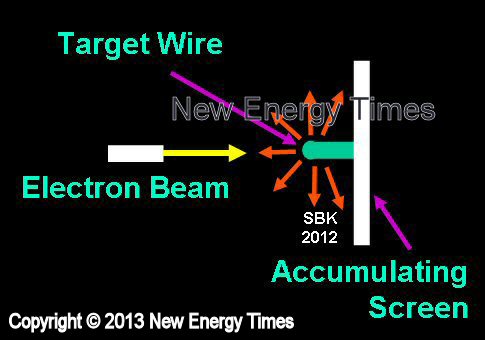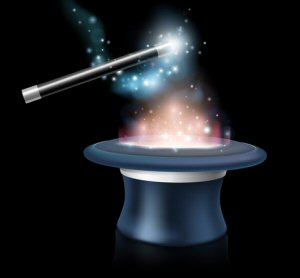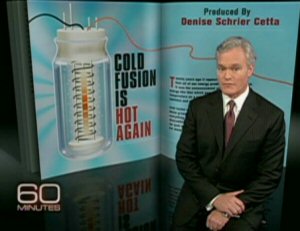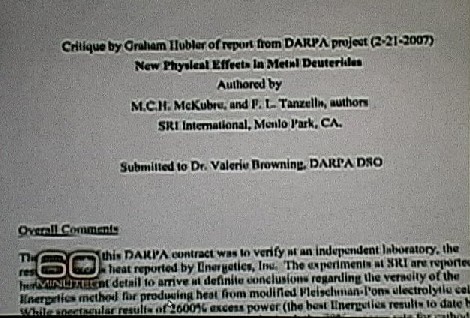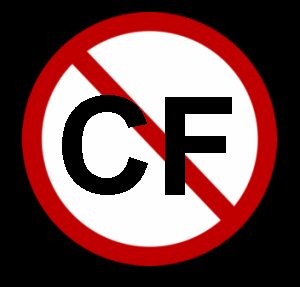
April 24, 2013 – By Steven B. Krivit –
Graham Hubler, an expert cited in CBS’s 2009 “60 Minutes” program “Cold Fusion Is Hot Again,” no longer believes that cold fusion is real.
Hubler now makes a key distinction between “cold fusion” and the real anomalous heat and nuclear effects seen in LENRs (low-energy nuclear reactions).
The distinction separates LENRs as legitimate science from the hypothesis of “cold fusion,” which lacks scientific support.
The lack of this distinction is one of the fundamental reasons why “cold fusion” is the most controversial subject in science in the past 100 years. It is the primary reason for the stigma in the field, the lack of funding and difficulties with the patent office.
New Energy Times first reported this crucial distinction four years ago beginning with our 2008 article “It Doesn’t Look Like Fusion.” We followed this with public conference presentations, published encyclopedia chapters, and the 2010 special report “Cold Fusion Is Neither.”
Our Web page “Distinction Between LENR and ’Cold Fusion’ – Emergence and Recognition of a New Science” provides an overview. Until 2012, researchers who believed that LENRs were “cold fusion” dismissed our distinction as “mere semantics.”
[DAP errMsgTemplate=”” isLoggedIn=”N”]
Original online content only at New Energy Times
[/DAP]
In 2012, Hubler was head of the Materials and Sensors Branch of the Naval Research Laboratory. He was closely involved in NRL’s LENR research program for many years.
Hubler retired from NRL last year and has since accepted a position working for the Department of Physics and Astronomy at the University of Missouri as the director of the Sidney Kimmel Institute for Nuclear Renaissance.
Hubler reports to Robert Duncan, another expert cited by CBS. Duncan is the vice chancellor of research at the University of Missouri. Hubler is part of the organizing committee of the 18th International Conference on Condensed Matter Nuclear Science, to be held at the University of Missouri this summer.
[DAP errMsgTemplate=”” isLoggedIn=”N”]
_____ Article continues for subscribers. Click here to subscribe. _____
[/DAP]
Continue reading »
